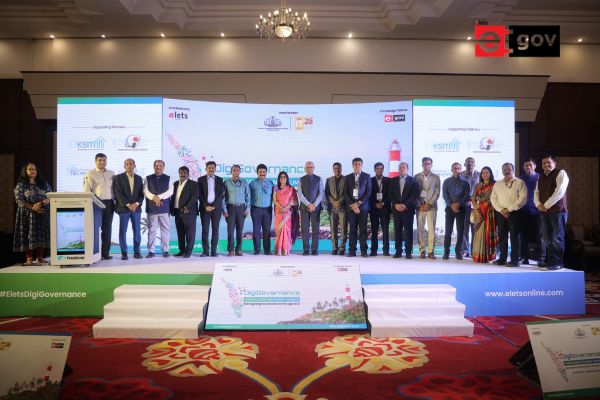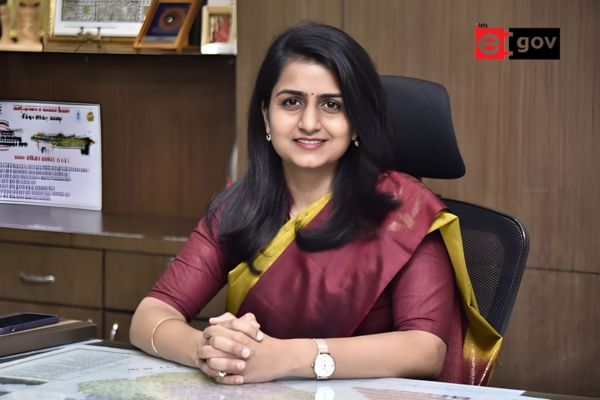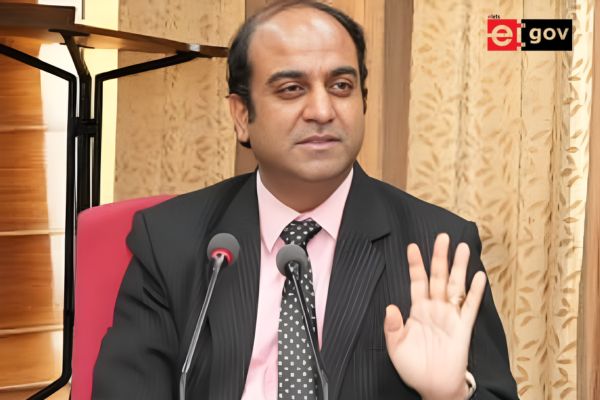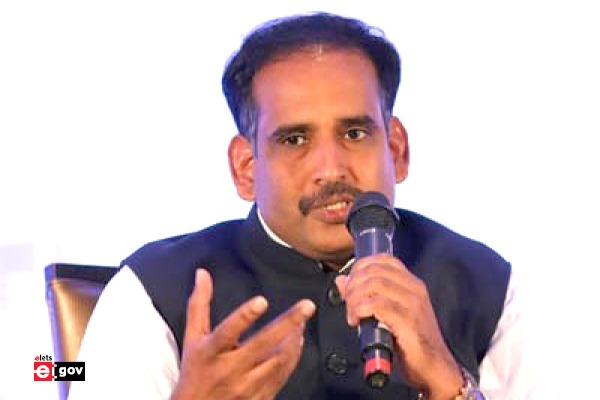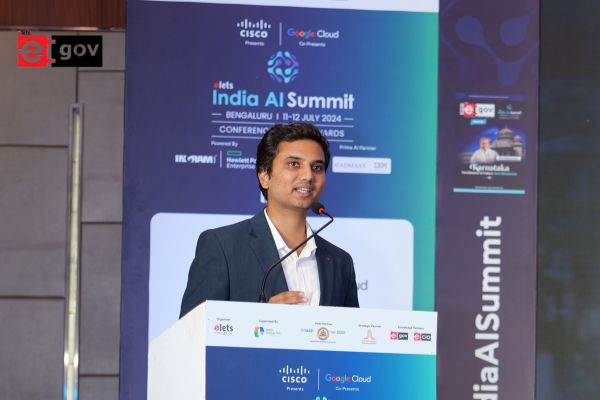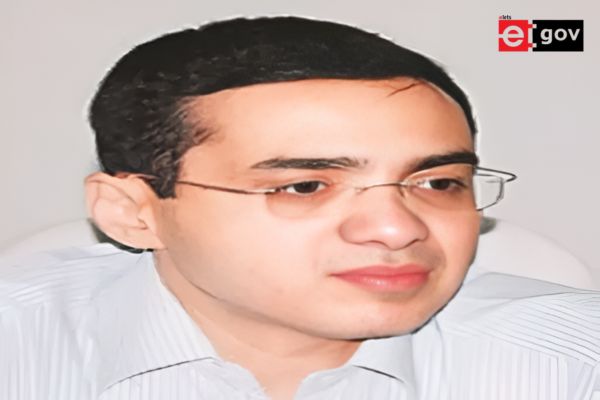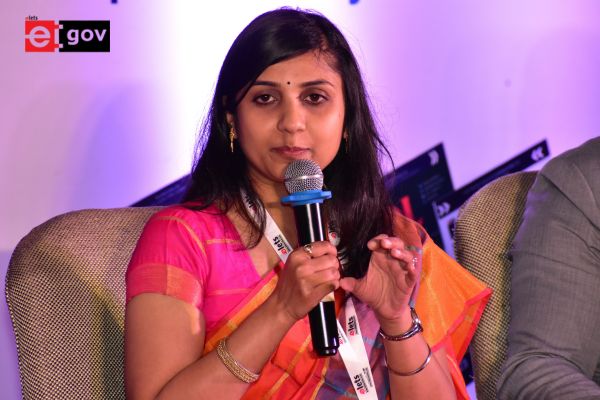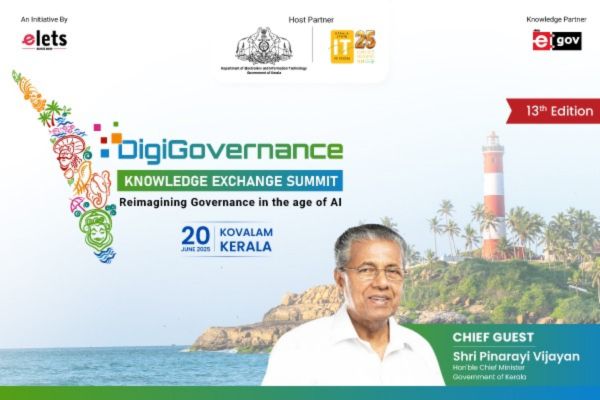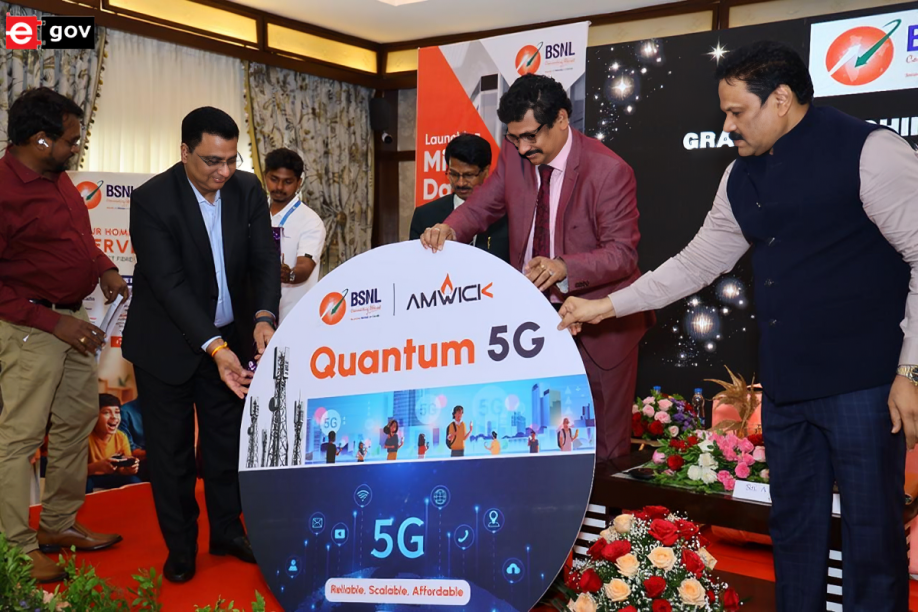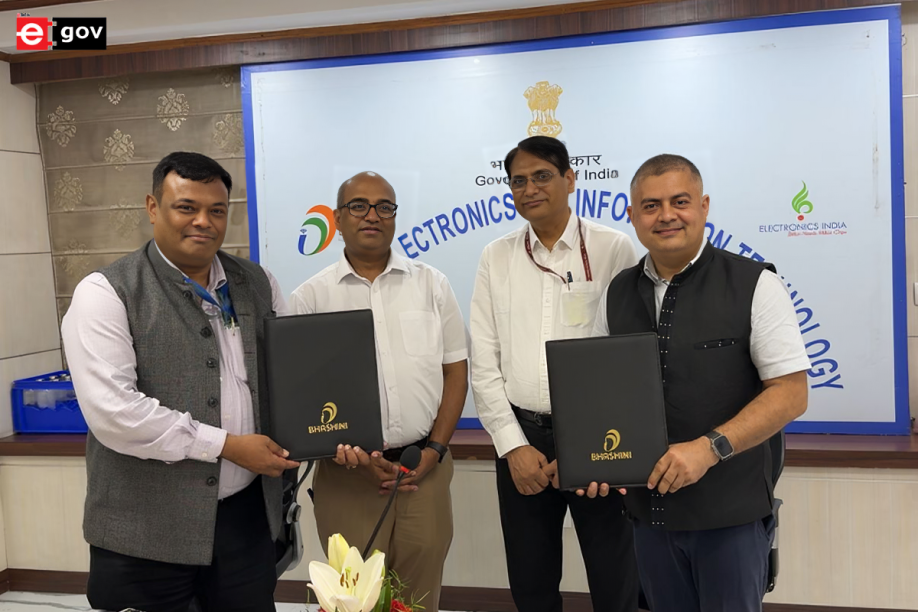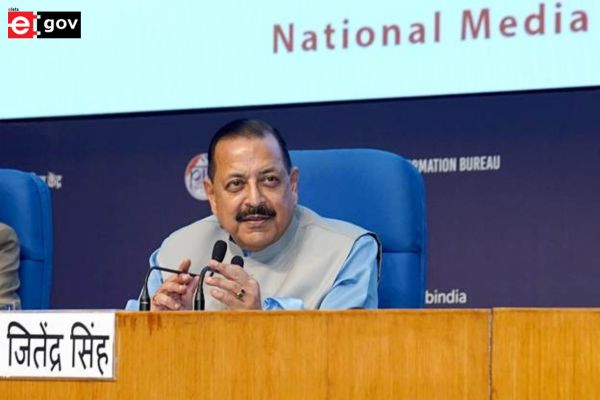
India’s highly anticipated human space mission, Gaganyaan, has entered its final stage, with the nation’s first crewed spaceflight now scheduled for the first quarter of 2027. Union Minister of State (Independent Charge) for Science and Technology, Earth Sciences, and Minister of State for the Prime Minister’s Office, Department of Atomic Energy, and Department of Space, Dr. Jitendra Singh, announced this significant milestone during a media briefing at the National Media Centre in New Delhi today.
Dr. Singh, accompanied by the ISRO Chairman and Secretary, Department of Space, Dr. V. Narayanan, shared comprehensive updates on the mission’s progress, highlighting technological developments and the broader economic impact of India’s cost-effective space initiatives.

According to Dr. Singh, the successful completion of the Test Vehicle Abort Mission (TV-D1) earlier this year marked a critical achievement in the Gaganyaan programme. The next milestone, the second Test Vehicle mission (TV-D2), is expected to occur later this year, followed by a series of uncrewed orbital flights. These efforts will ultimately pave the way for the historic launch of Indian astronauts aboard an indigenous launch vehicle from Indian soil in 2027.

Describing Gaganyaan as a “historic mission,” Dr. Singh underscored its significance beyond scientific achievement. He emphasised that the programme symbolises India’s ascent as a global space power, rooted in homegrown technology, fiscal responsibility, and visionary political leadership. Dr. Singh also recalled Prime Minister Narendra Modi’s clear vision for India’s space ambitions, including the establishment of the Bharatiya Antariksha Station by 2035 and sending an Indian astronaut to the Moon by 2040.

Key components of the mission — the Human-rated LVM3 launch vehicle, Crew Escape System, Crew Module, and Service Module — are currently undergoing advanced stages of testing and integration. Notably, the uncrewed Gaganyaan orbital mission remains on track for launch this year, with recovery trials already conducted in collaboration with the Indian Navy and additional sea recovery simulations planned.

The training of astronauts is progressing steadily. Four Indian Air Force pilots, designated as astronauts, have completed training in Russia and are now undergoing mission-specific training in India. Their physical health, psychological well-being, and operational readiness are being carefully monitored at India’s astronaut training centre.
Dr. Singh highlighted the remarkable cost-efficiency of the Gaganyaan programme, noting that its expenditures are considerably lower compared to similar human spaceflight missions internationally. He stressed that the mission’s returns — both in terms of technological advancements and economic growth — substantially outweigh the investment.
Also Read :- Manipur: 13 IAS Transferred, Pooja Elangbam appointed Deputy Commissioner Bishnupur
Importantly, the programme has spurred multiple technological spinoffs across fields such as robotics, materials science, electronics, and medicine. It has also strengthened collaboration with Indian industry, with private enterprises and startups playing an increasingly pivotal role following recent government policy reforms.
ISRO Chairman Dr. Narayanan echoed these sentiments, emphasising that Gaganyaan is accelerating India’s journey towards self-reliance in space technology and inspiring the next generation of scientists, engineers, and entrepreneurs. With the crewed mission anticipated in 2027, India is poised to join an elite group of nations capable of independently executing human spaceflight missions.
Be a part of Elets Collaborative Initiatives. Join Us for Upcoming Events and explore business opportunities. Like us on Facebook , connect with us on LinkedIn and follow us on Twitter, Instagram.
"Exciting news! Elets technomedia is now on WhatsApp Channels Subscribe today by clicking the link and stay updated with the latest insights!" Click here!




